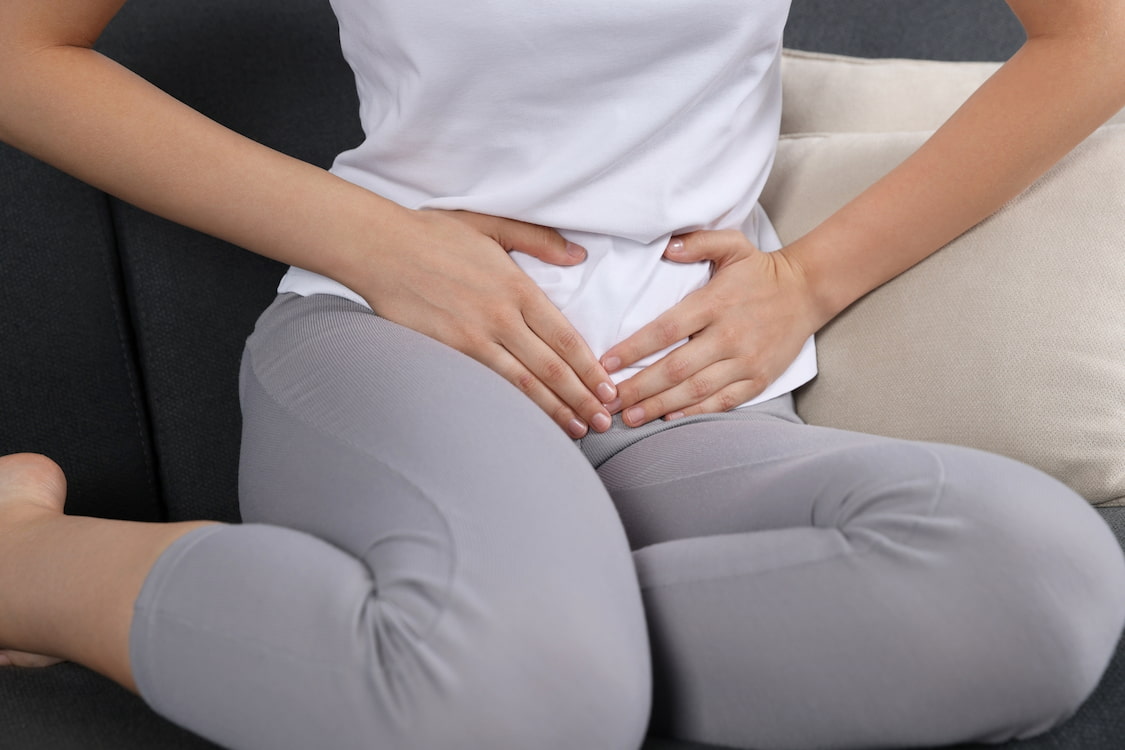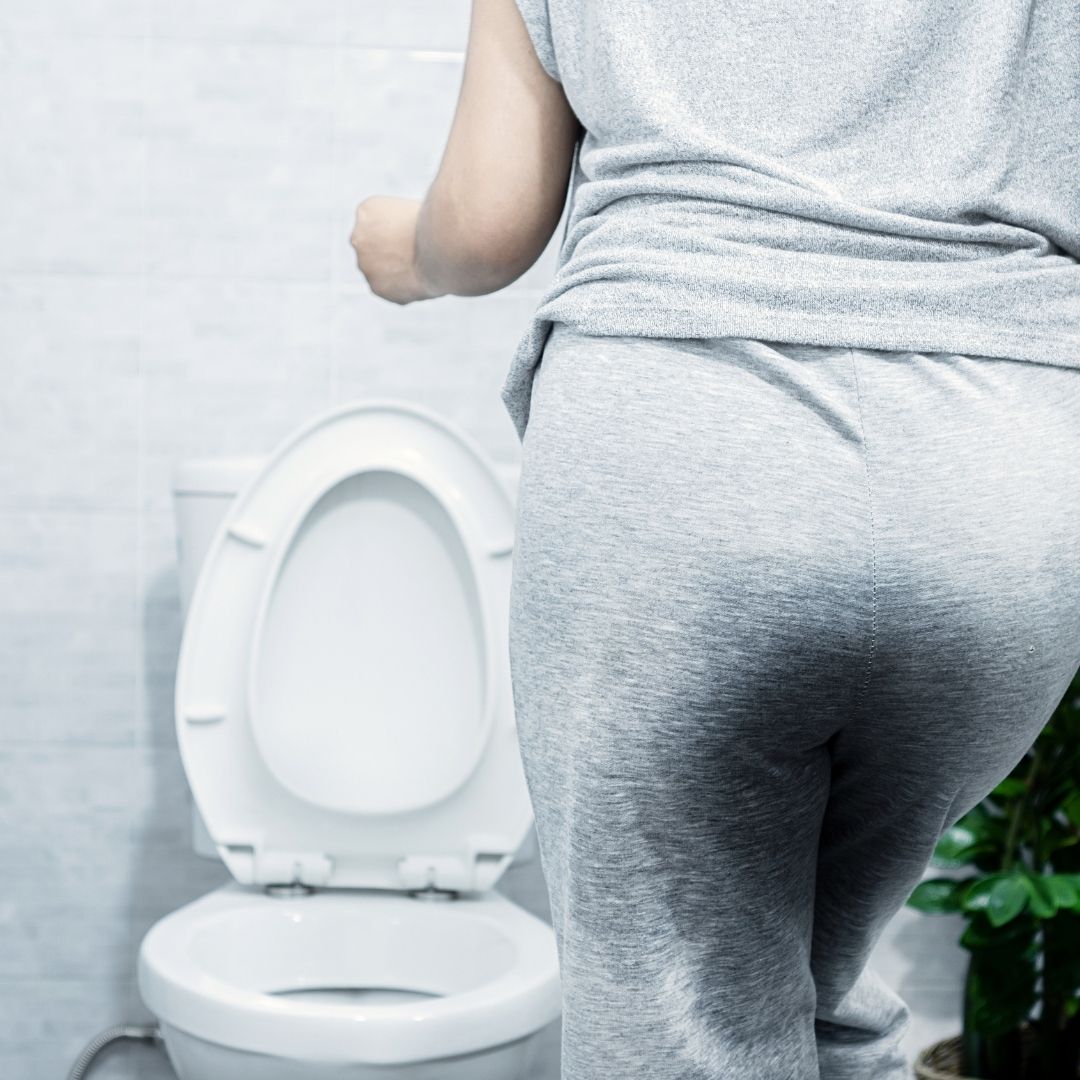
Finding Relief: The Ultimate Guide to Interstitial Cystitis Self-Care
Interstitial cystitis (IC) is a chronic condition that affects the bladder and urinary tract. It can cause pain, discomfort, and frequent urination, which can have a significant impact on quality of life. While there is no cure for IC, self-care strategies can help to manage symptoms and improve overall well-being. In this article, we'll explore the best self-care strategies for interstitial cystitis, including what IC is, common treatments, and lifestyle changes that can help alleviate symptoms.
What is Interstitial Cystitis?
Interstitial cystitis (IC), also known as painful bladder syndrome, is a chronic condition that affects the bladder and surrounding areas. It is characterized by pain and discomfort in the bladder, urgency and frequency of urination, and pelvic pain.
The exact cause of interstitial cystitis is unknown, but it is believed to be related to a defect in the bladder lining or a dysfunction in the immune system. In some cases, interstitial cystitis may also be associated with other conditions such as irritable bowel syndrome, fibromyalgia, or chronic fatigue syndrome.
Diagnosing interstitial cystitis can be challenging, as there is no definitive test for the condition. Doctors may use a combination of tests, including a physical exam, urine tests, bladder function tests, and cystoscopy (a procedure that allows the doctor to examine the bladder lining). A diagnosis of interstitial cystitis may be made if other conditions have been ruled out and symptoms are consistent with the condition.
Interstitial Cystitis Treatment
Interstitial cystitis (IC) is a chronic condition that can cause significant discomfort and pain in the bladder and surrounding areas. Unfortunately, there is no cure for IC, but there are several treatment options available that can help manage symptoms and improve quality of life.
The goal of interstitial cystitis treatment is to reduce pain and discomfort, increase bladder capacity, and improve urinary function. Treatment options may vary depending on the severity of symptoms and individual needs, and may include medications, lifestyle changes, bladder instillations, and surgery in some cases.

Medications
Medications are often the first line of treatment for interstitial cystitis. The following medications may be prescribed to manage IC symptoms:
Pain relievers: Over-the-counter pain relievers such as ibuprofen or acetaminophen can help manage mild pain associated with IC.
Bladder relaxants: Medications such as oxybutynin or tolterodine can help relax the bladder muscles and reduce urgency and frequency of urination.
Tricyclic antidepressants: These medications can help reduce pain and improve sleep in people with IC.
Immunomodulators: Medications such as pentosan polysulfate sodium can help reduce inflammation in the bladder lining.
Bladder Training
Bladder training is a behavioral therapy that can help improve bladder control and reduce urgency and frequency of urination. Here's how to do bladder training:
Keep a bladder diary to track your urination habits.
Set a schedule for urinating, gradually increasing the time between urinations.
Finally, practice relaxation techniques, such as deep breathing or meditation, to help manage urgency and anxiety.
Surgery
In some cases, surgery may be recommended for people with severe IC symptoms that have not responded to other treatments. Surgery options for IC include:
Bladder augmentation: This surgery involves enlarging the bladder to increase its capacity and reduce urgency and frequency of urination.
Bladder removal: In rare cases, the bladder may need to be removed and replaced with an artificial bladder or urinary diversion.
Interstitial Cystitis Self-Care Strategies
Interstitial cystitis (IC) is a chronic condition that can have a significant impact on daily life. While there is no cure for IC, there are several self-care strategies that can help manage symptoms and improve quality of life.
Self-care strategies for interstitial cystitis may include dietary changes, stress management techniques, pelvic floor therapy, and bladder retraining. These strategies aim to reduce inflammation and irritation in the bladder, strengthen pelvic floor muscles, and improve bladder function. By incorporating these strategies into daily life, individuals with interstitial cystitis may experience fewer symptoms and improved overall well-being. Here are some self-care strategies for IC:
Good Bladder Habits for Interstitial Cystitis Self-Care
Good bladder habits can help reduce irritation and inflammation of the bladder lining. Here are some tips for good bladder habits:
Drink plenty of water throughout the day to keep urine diluted and reduce irritation.
Avoid caffeine, alcohol, and acidic foods and drinks, which can irritate the bladder.
Don't hold your urine for long periods of time, as this can increase pressure on the bladder and cause irritation.
Heat Therapy for Interstitial Cystitis Self-Care
Heat therapy can help reduce pain and discomfort associated with interstitial cystitis. Here are some ways to use heat therapy for IC:
Use a heating pad or warm compress on the lower abdomen or pelvic region for 15-20 minutes at a time.
Take a warm bath or use a sitz bath to soak the pelvic area in warm water.
Use a hot water bottle wrapped in a towel to provide warmth to the bladder area.
Stress Management for Interstitial Cystitis Self-Care
Stress can worsen symptoms of interstitial cystitis, so stress management techniques can be helpful in managing IC. Here are some stress management techniques to try:
Practice relaxation techniques such as deep breathing, yoga, or meditation.
Engage in regular exercise, which can help reduce stress and promote overall well-being.
Consider seeing a therapist or counselor to help manage stress and anxiety related to IC.
Pelvic Floor Exercises for for Interstitial Cystitis Self-Care
Pelvic floor exercises can help improve bladder control and reduce symptoms of IC. Here's how to do pelvic floor exercises:
Sit or lie down in a comfortable position.
Squeeze the muscles in your pelvic floor (the muscles that you use to stop the flow of urine) for 5-10 seconds.
Relax the muscles for 5-10 seconds.
Repeat this exercise 10-15 times in a row, several times per day.
Diet Changes for Interstitial Cystitis Self-Care
Diet changes can also help manage symptoms of interstitial cystitis. Here are some dietary changes that may be helpful:
Avoid foods that are known to irritate the bladder, such as caffeine, alcohol, spicy foods, and citrus fruits.
Eat a well-balanced diet that includes plenty of fruits, vegetables, and whole grains.
Finally, consider working with a dietitian to develop a diet plan that is tailored to your individual needs and preferences.
Healthy Türkiye Notes
Interstitial cystitis can be a challenging condition to manage, but self-care strategies can be effective in reducing symptoms and improving quality of life. Good bladder habits, heat therapy, stress management techniques, pelvic floor exercises, and dietary changes can all be helpful in managing IC symptoms. In addition to these self-care strategies, it is important to work closely with your healthcare provider to develop a comprehensive treatment plan for your individual needs. With the right approach, it is possible to find relief from the symptoms of interstitial cystitis and improve overall well-being.



